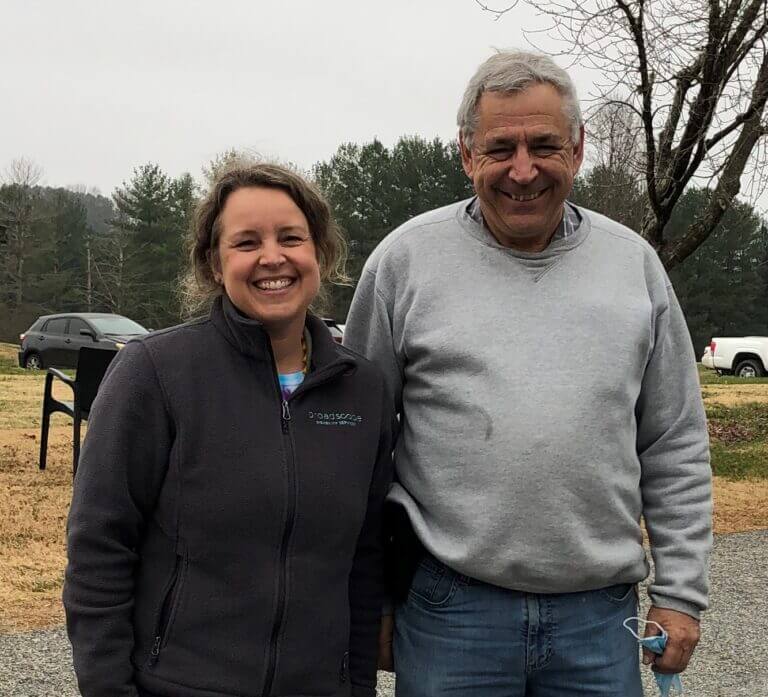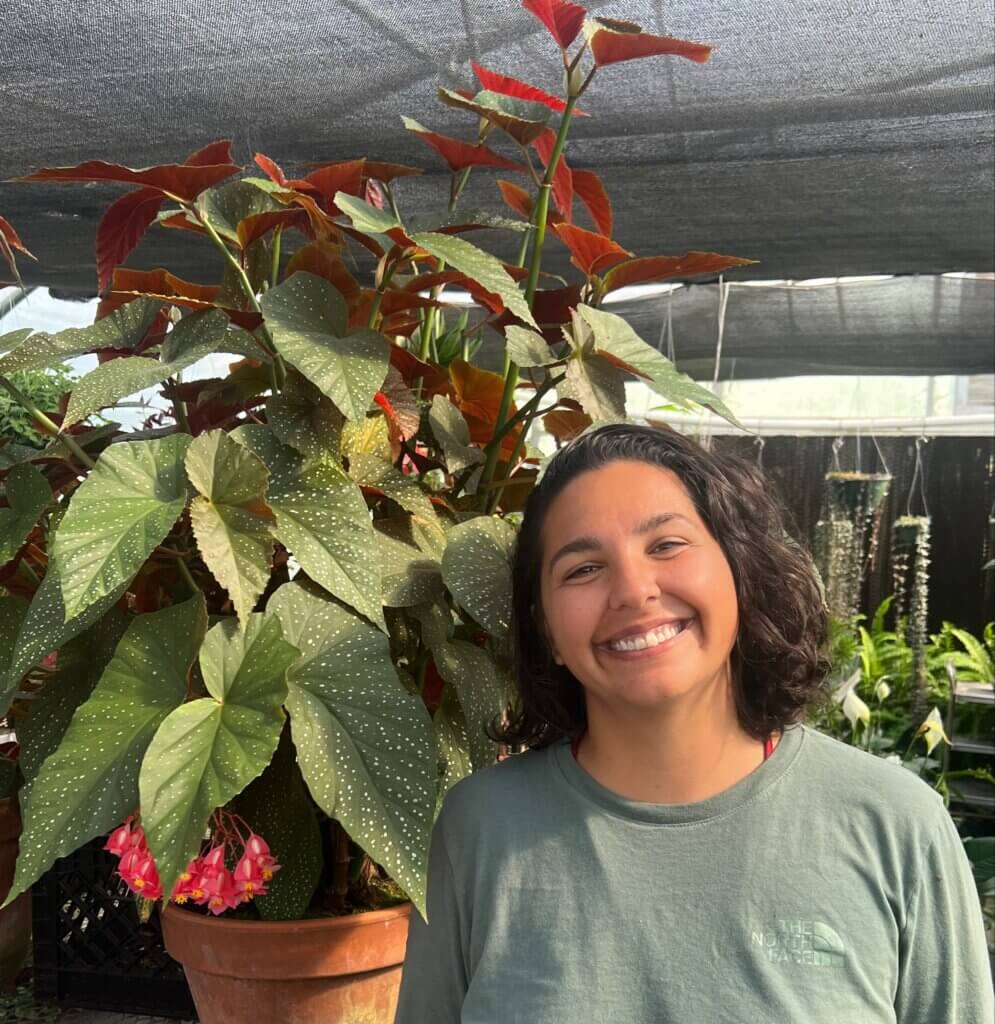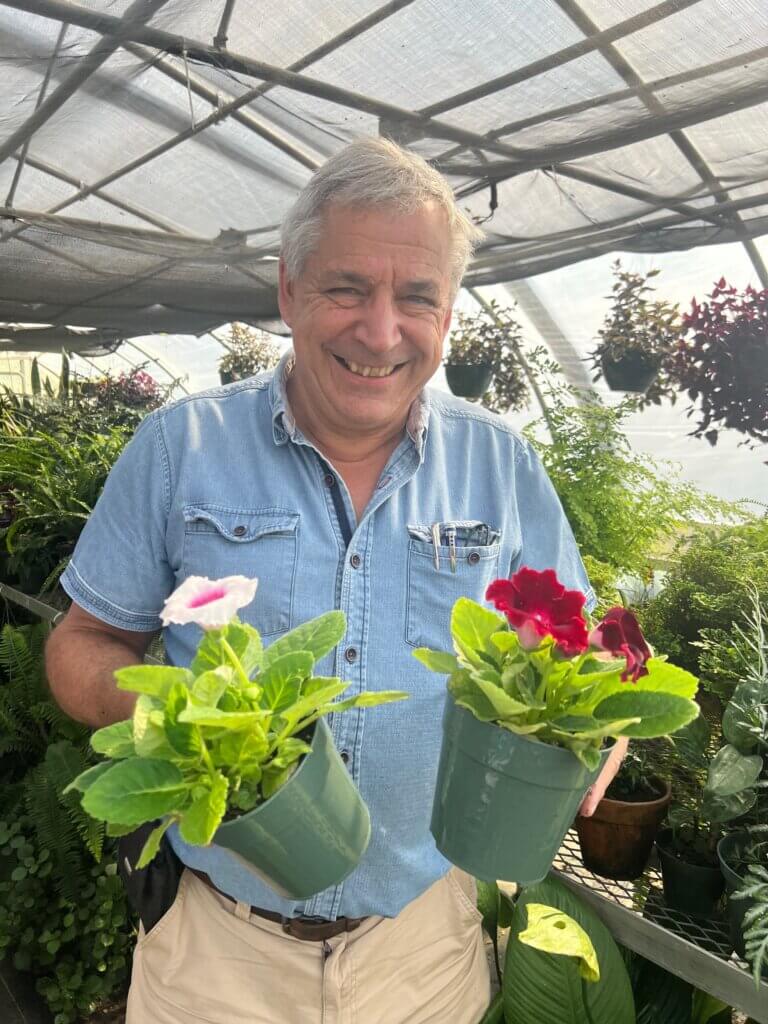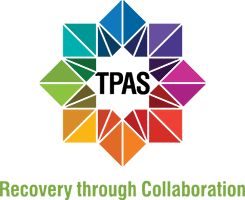Markus Wulliman, HTR, is a horticultural therapist, and he has worked for CooperRiis since 2003 in various positions and now serves as the Community Work and Service Garden Crew Leader.
After achieving a Bachelor of Science in horticulture from Zurich University of Applied Sciences, Markus managed a family horticultural business and greenhouses in Switzerland. In 1994, he moved with his family to the United States to work as General Manager for Oglevee Ltd. Greenhouses in McDonough, GA. He also set up a greenhouse production site in Kenya for the European Market (1994 and 1996). He is a Registered Horticultural Therapist from Horticultural Therapy Institute, Denver, CO, Colorado State University.
Internships with Horticultural Therapy at CooperRiis
Markus has supervised many Horticultural Therapy Interns over the years, and last Fall began Marcia Lilley’s journey. Now an HTR herself, Marcia shared that it was through much of the pain and loss during the onset of the pandemic that she realized her love of horticulture had to take a shift through the lens of mental health and wellbeing. Through her studies with the Horticultural Therapy Institute and a required internship, she found CooperRiis’ Healing Community, and then she found Markus!

Marcia appreciated Markus’ structure of the internship as it moved her through stages of increased responsibility. Marcia wrote an article on her experience after she left us, you can find that article here.
Lessons Learned…
“The most valuable lesson I learned was…do it scared (a phrase I learned from Ruth Soukup’s podcast). Don’t be afraid to try new things. Try something out of your comfort zone. These were the things we were teaching our residents, and I was experiencing all of this alongside them.
It came alive for me when I observed a resident making progress in their recovery. Sometimes it was incremental changes, such as when a resident took more initiative with the next steps of a task without being asked. Sometimes a resident took a big leap and faced one of their biggest fears. Those moments gave me such joy realizing that I could play a small part in their recovery process.”
-Marcia Lilley, HTR
Not only did we enjoy Marcia’s time with us, but we are now enjoying new intern Corey Simpson’s time with us here as well. Corey hails from Colorado, and she joined our community in May.

Corey and Markus recently assisted a reporter who was seeking information on the benefits of community gardens for people who have mental health challenges. You can find the article here on VeryWellMind.com written by Lo Styx.
“By contributing to the community, residents are empowered and their dreams and aspirations awakened, helping set them on the path to mental health recovery,” Wullimann says. “They are learning how to be a part of something bigger than themselves. The work helps them to get out of their own heads and engage in something meaningful to them and others.”
Getting Started On a Garden of Your Own!
When asked for specific tips on getting your own garden started or joining a community garden, Corey shared this,
“When delving into the world of gardening, take some time to familiarize yourself with your environment and plant care to set yourself up for future success. Reference the USDA hardiness zone map to determine which plants can thrive in your area as annual or perennial. Once you know this, research the average first and last frost dates, this allows you to determine the length of your growing season. When buying plants or seeds, ensure you are purchasing plants according to your zone and growing season (‘days to maturity on seed packets).
Next, it is important to know what you plan on growing (veggies, flowers, herbs, or a mixture). Take into consideration what brings you joy, and start there. Then ask yourself where you will grow your plants; in containers, raised beds, in-ground, or a combination? Assess the sunlight your space gets and plan your garden according to the various plants’ requirements.
The Tools You’ll Need…
If you don’t have gardening tools, now is a good time to buy some starter tools (ex. shovel, gloves, hand spade, pots, shears, hori hori). Additionally, a useful step is to test your soil. This can be done at most extension offices (look up your local office and they will be able to direct you accordingly). This provides wonderful information regarding your soil health and what amendments or nutrients may be needed to sustain a healthy garden.
Next, you will prep your garden. Use those lovely tools to help you in the process of clearing any weeds or existing vegetation that is not wanted in the area. We recommend a no-till approach to gardening as it promotes soil health and keeps the healthy mycorrhiza intact. Once prepped, you can either plant seeds (some can be started indoors – this information can be found on seed packets) or transplant.
Ensure you water your soil well and keep it moist during the germination period. If you are growing veggies, I recommend utilizing a companion planting guide and interplanting with flowers (many flowers are edible). This promotes garden health and can act as pest management. Plan to maintain your garden regularly and keep an eye out for pests, disease, and plant irregularities (which can be signs of nutrient deficiency). Enjoy your bounty and happy growing!”
Thanks so much for sharing all of this knowledge on gardening through the lens of horticultural therapy Markus, Marcia, and Corey. Now let’s all get out there and get our hands in the dirt! Happy growing Everyone!









